Recent technological modernization has introduced online document forgery verification systems to combat fraud in digital business platforms. However, these technological innovations have also allowed fraudsters to create bogus bank records and clone legal documentation.
Still, the forgery of documents takes work. Moreover, recent technical innovations have simplified document forgery monitoring methods, which in turn helps companies to deter fraud and cyberattacks. Thus, it benefits the organization and its clients by enhancing the comfort of use and improving security against all fraud cases.
Using innovative technology can facilitate businesses in ensuring compliance with AML/KYC regulations to avoid heavy penalties. This way, companies can strengthen their relationships with new and old customers.
Document Forgery Detection – An Overview
Document forgery is one of the most severe crimes that involve the cloning of legal identity documents to bypass the security protocols of modern-day businesses.
Let us discuss the documents fraudsters are using:
- Birth Certificates
- Identity Certificates
- Financial reports
- Passports
- Driving licenses
- Transaction reports
Furthermore, fraudsters can alter the document information or replace images in documentation. Thus, companies must make multiple security protocols like to secure themselves from the forgery of government documents by implementing document forgery authentication systems.
Types of Forgery Document Techniques
Forgery is a well-planned creation and cloning of data, images, or statistics to commit fraud. Moreover, it occurs when someone purposely creates a fraudulent document or alters the legal data to deceive others. Following are the different ways of forgery of documents. Let’s discuss them.
Freehand Forgery
Fraudsters use this technique to replicate the original ID documents, design, handwriting style, and signatures.
Electronic Manipulation
It is an advanced approach where scammers or fraudsters use multiple software like Adobe Photoshop or other editors to copy customers’ signatures on documents.
Tracing
Tracing is all about duplicating handwritten text, signs, and documentation designs using the transmitted light. Moreover, fraudsters use a tracing sheet or paper over the original documents to construct cloned copies.
Document Forgery
The addition or replacement of the complete page is a common forgery technique to falsify documents. In addition, fraudsters transform the actual page with another that contains fake information. Moreover, customers can quickly identify these fake documents by thoroughly examining the physical details of the pages, such as
- Writing Format
- Weight
- Color
- Texture
Furthermore, various legally significant papers are prone to forgery, including:
- Making a fake medical record by altering the real one
- Creating fake prescriptions by cloning the doctor’s signatures
- Using someone’s cheque and copying the signature in order to steal money
- Generating bogus authentication of identity documentation such as passports, ID cards, and driving licenses
- Generating fake medical and insurance-related letters to get different rewards
The Procedure Behind Online Document Forgery Verification
Professionals can carry out the process in two significant ways:
- Business owners can choose an online document verification
- The expert can perform a forensic analysis of document forgery.
A company should always collaborate with verified third-party agencies to have document forgery analysis equipment.
Forensic document forgery analysis includes the integration of a scientific method to verify the authenticity of documents. Therefore, SaaS providers have provided online document forgery authentication systems.
American Board of Forensic Document Examiners (ABFDE)
The widespread utilization of different forensic analyses is increasing more and more, especially in legal and government sectors. Moreover, experts utilize techniques to examine a document to identify any signs of deception comprehensively, such as
- Microscopic Analysis
- OCR Data Extraction
- Handwriting Validation
- Ultraviolet Ray Examinations
- Infrared Imaging
Every significant jurisdiction that aims to mitigate fraud cases has established a document fraud monitoring and validation system to deal with suspicious activities. Similarly, the ABFDE is the primary department of the United States of America dealing with document forgery detection.
Steps to Identify Document Forgery
Step 1
Companies must use microscopic scanners for better texture analysis. Moreover, it will help in detecting.
- Forged Documents
- Blank Stolen Documents
Step 2
Organizations should opt for advanced visual authentication techniques to help identify.
- Counterfeiting Original Identity
- Compromised or Sample Documents Misused
- Camouflage Documents or Fantasy document
Step 3
Liveness identity verification systems will help companies identifying
- Fraudulently Obtained Document
- Imposter Document
Conclusion
Integrating online document forgery authentication solutions provides a legal source of customer identity authentication. Scams associated with user records can produce severe consequences. Moreover, online businesses must ensure compliance with anti-money laundering, KYC, and customer standards. Thus, with document forensic analysis, every organization can identify the signs of manipulation and fraud.


